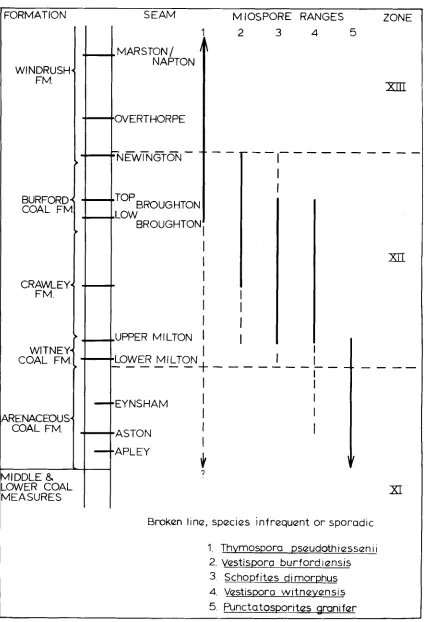Stratigraphic ranges of selected miospores in coal seams of Upper Coal Measures age in Oxfordshire and S.E. Warwickshire
Full text
Figure
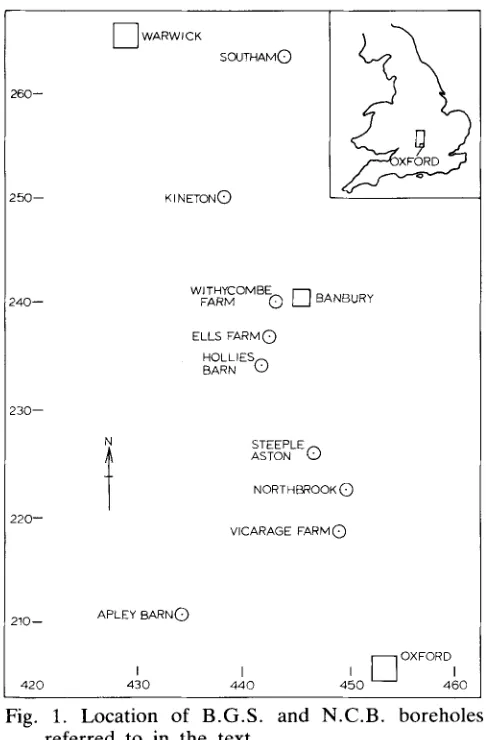
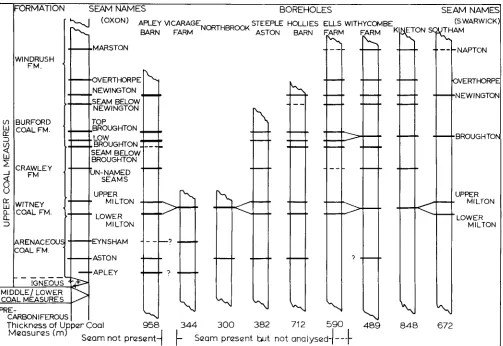
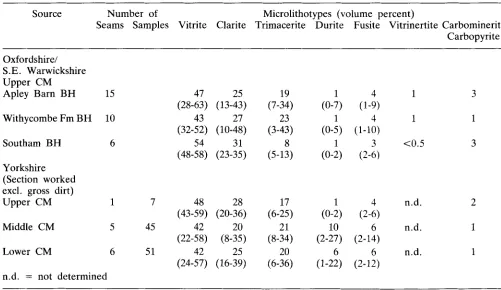
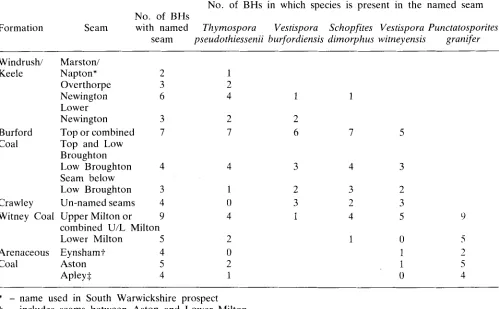
Related documents
There is a large body of empirical literature focusing on the association between financial reforms and the performance and competition of banks. The evidence derived from
The objective of the snow-cover detection algorithms is to optimize the accuracy of mapping snow-cover extent (SCE) and to minimize snow-cover detection errors of omission
tive emissions from fossil fuels and land-use change since the year 1750, the preindustrial period, and since the year 1870, the reference year for the cumulative carbon estimate
diazotrophic biomass. Spatial coverage is the main limita- tion of the database, as there are still vast oceanic areas where diazotrophic activity and biomass have never been
surface that can be removed only with a knife or other cutting instrument. Determine the total fish or fillet surface and the % of the total surface that is affected by dehydration. -
In a few short months Pyramid, together with the new Chicago-based company, created a new name, a unique visual identity, a complete brand platform and a marketing strategy..
www.avu.org for more.. More specifically, it is saddening to note that by 2001, only a mere 4% and 1% of the population in Sub-Saharan Africa was connected to phone and used
